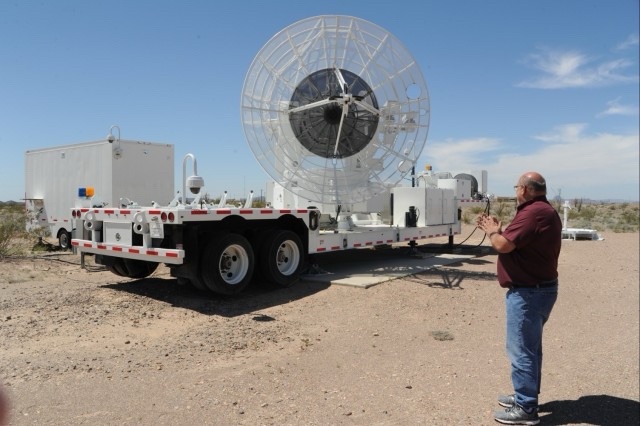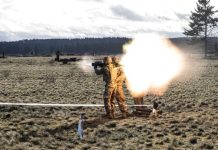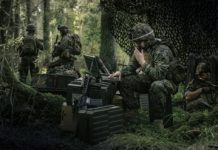
YUMA PROVING GROUND, Ariz. — Radar units send out pulses of high-frequency electromagnetic waves that reflect off objects, and modern radar systems are sophisticated enough to track even small, rapidly moving objects like rockets and mortar and artillery shells.
The Army Test and Evaluation Command, known as ATEC, relies heavily on multiple radars to gather test data on a variety of military systems under evaluation.
“Out of all the ATEC test ranges, YPG’s systems have the greatest amount of usability for different types of testing,” said Herbert Kiser of Yuma Proving Ground’s Instrumentation Division. “Yuma does a lot of different things with what we have and does them well.”
This versatility in radar capabilities makes YPG’s systems prime candidates for supporting testing elsewhere across the ATEC enterprise in a bid to share expensive, highly specialized assets between installations.
Tests at U.S. Army White Sands Missile Range, the ATEC post that specializes in evaluating long-range missiles, tend to have a higher level of complexity than YPG. Most notably, the post’s range safety requirements often include double or triple redundancies that aren’t necessary for the shorter-range artillery and mortar testing conducted in Yuma.
Safety is so paramount that testers might have to detonate a missile in flight if a redundant radar doesn’t work due to technical problems, which would cause significant test delays and cost millions of dollars in lost time. Borrowing a radar system from YPG in such a situation helps prevent this, but at what cost in test delays and lost time at YPG if their radar was transported to WSMR for many weeks?
“We knew the systems could be used for a missile test, but YPG has a different network structure than White Sands does,” said Kiser. “The concern was always that it had never been done before.”
Among other things, it had been assumed by some that successfully integrating the two could take months of preparations, not least of which was moving the massive 12-foot dish that generates the AN/FPS 16’s one million watts of power along with its personnel shelter and calibration tower. Two support personnel also must accompany the apparatus.
“It’s not just sharing the radar systems, it’s sharing the personnel,” said Kiser. “Our greatest asset is the people we have with specialized knowledge and skill sets.”
To prove the concept, YPG personnel configured the AN/FPS 16 in the same manner as WSMR’s while the apparatus was still on site in Yuma. They then tracked an orbiting satellite as it passed, then electronically handed the track off to a radar at WSMR. The two installations then did the same test in reverse and were successful again.
“This proves that we can assist White Sands based on their schedule to accommodate a redundant range safety asset,” said Kiser. “It’s a big feat: We’ve taken our weapons systems and radars there as a stand-alone before, but we had never integrated with White Sands’ radars.”
By Mark Schauer
You can skip to the end and leave a response. Pinging is currently not allowed.








